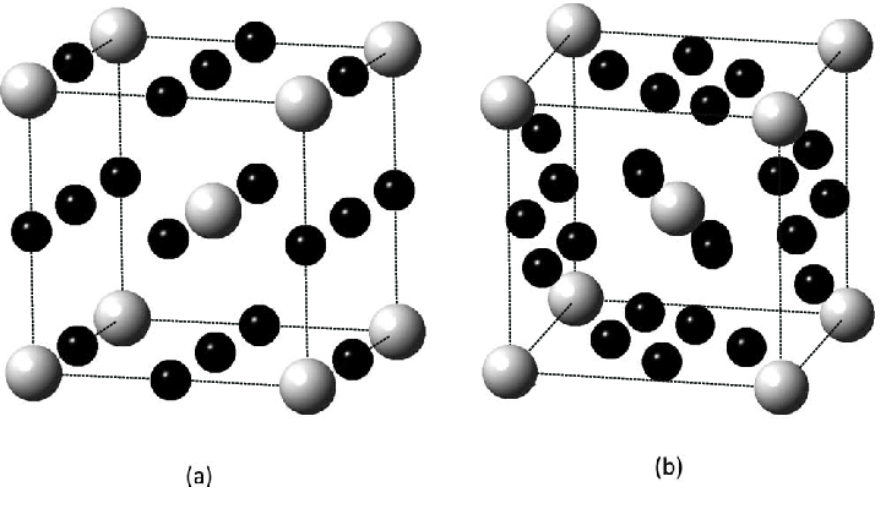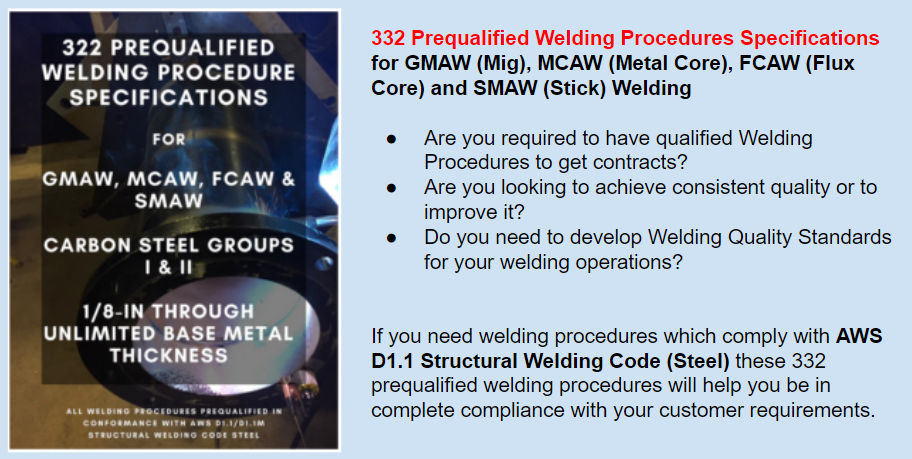
Steel is an alloy of iron and carbon along with several other elements in small quantities, all of which have an impact on its properties. Steels can contain varying amounts of carbon and are typically categorized as low, medium or high carbon steels. Low carbon steels are those containing 0.30% carbon or less. Medium carbon steels contain between 0.31 to 0.45% carbon. And high carbon steels are those containing more than 0.45%.
Carbon content affects steel properties such as strength, hardness and ductility. It also has a tremendous effect on weldability and machinability. Let’s examine each of these areas.
1. Strength – as the carbon content in steel goes up so does its strength. The reason for this is that carbon atoms occupy interstitial spaces between iron atoms in the lattice. This is a fancy way of saying that carbon atoms position themselves between iron atoms and do not push them aside. This results in a more crowded space between atoms which in turn makes it harder for the material to dislocate. In welding we are typically concerned with tensile and yield strength.

This image shows how carbon (C) atoms do not take the place of iron (Fe) atoms, but rather locate themselves in the spaces in between. This makes carbon an interstitial element in Iron. Images a and b illustrate differnt sites, but both show interstitial carbon.
Tensile strength is the resistance of steel to breaking under tensile tension. Yield strength is the maximum stress that can be applied before it begins to change shape permanently. The yield strength will always be below the ultimate tensile strength. In high carbon steels the difference between the tensile and yield strength is very small while in low carbon steels it is large. This is explained below when discussing hardness and ductility.
2. Hardness – very similar to strength in that as carbon content goes up so does hardness. However, when we talk about hardness we are not just referring to yield and tensile strength. Steel hardness describes the properties of steel that enable it to resist plastic deformation (yield strength), but also indentation, penetration, and scratching. We are typically concerned with hardness in welding when we are hard surfacing. In this application we are looking for weld deposits that are resistant to abrasion and impact.
3. Ductility – as carbon content in steel increases, ductility goes down. Ductility is a material’s ability to sustain plastic (permanent) deformation under tensile stress before it breaks. Ductility is very important in welding. Typically, we desire high ductility because it can prevent cracking. High ductility also means that steel, a steel weldment or a steel structure will deform plastically and provide a visual warning that there is a problem long before it experiences fracture. There should always be a good balance between strenght and ductility. For more on this topic read The Advantage of Undermatching Filler Metals in High Strength Steels.
4. Weldability – weldability is the ability to weld a metal without cracking or other weld defects. It does not refer to whether or not we can deposit a good looking weld. Weldability is affected by many elements. Carbon significantly affects weldability. In steels, as carbon content goes up so does its susceptibility to crack. Typically, low carbon steel presents no danger of cracking unless the thickness is over 1-inch. Low carbon steels should be preheated when its thickness exceeds ¾-inch typically. Medium carbon steels present moderate risk of cracking and should always be preheated. High carbon steels are extremely susceptible to cracking and must be welded with extreme care. An example of this is welding cast iron which may contain around 2-3% carbon, or 10 times the amount of low carbon steel.
5. Machinability – because carbon affects strength it will also affect machinability. The higher the carbon content the harder it is to machine. Typically, anything over 0.20% carbon is no longer considered an easily machinable steel. There are other elements that affect strength as well such as chromium and molybdenum which increase strength and reduce machinability. Other elements, such as sulfur, soften the steel and help with machinability.
As you can see, knowing the carbon content of a steel is of extreme importance to design and welding engineers. But all involved in fabrication, especially those involved in welding, should have a basic understanding of its effects.
References:
Welding Metallurgy and Weldability by John C. Lippold


Please note: I reserve the right to delete comments that are offensive or off-topic.